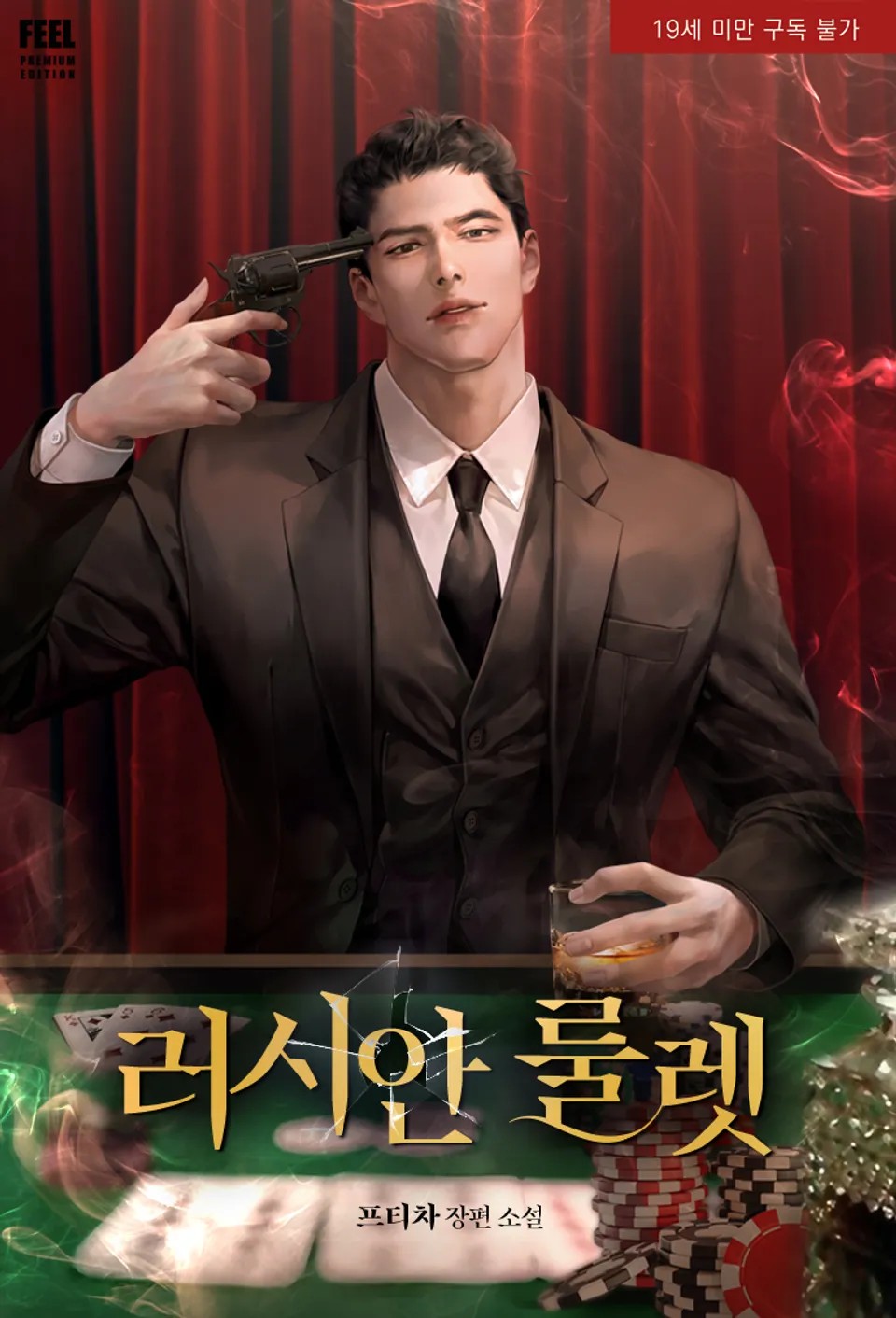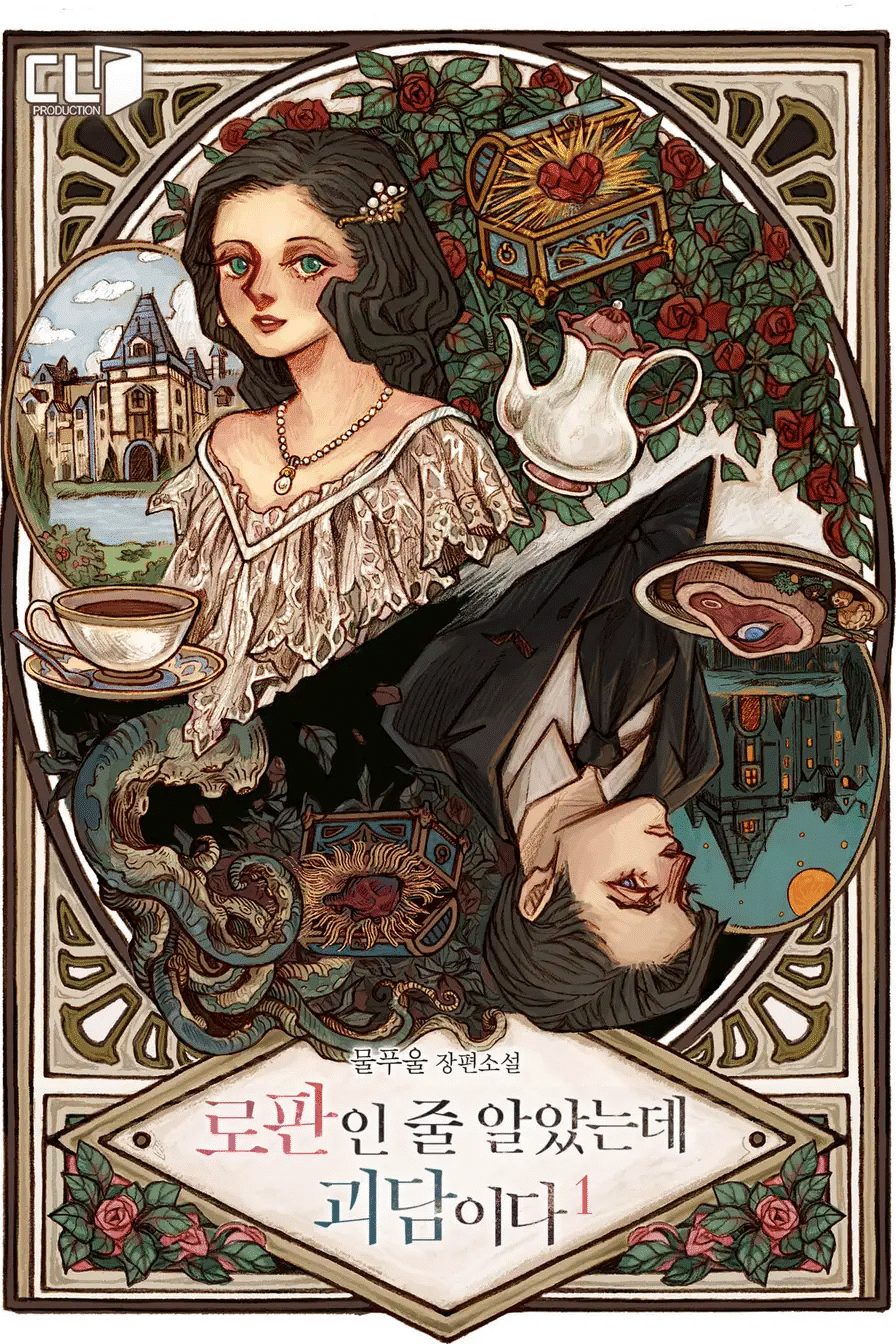Chapter 12
On the continent of Arkan, there were two empires, Tane and Karsik, and thirteen kingdoms of various sizes.
The era of peace without war began to crack and eventually shattered when the war-crazed Emperor Kazan started conquering the kingdoms.
The era of bloodshed.
True to his nickname as a ruthless warmonger, Emperor Kazan conquered the kingdoms one after another. The blood on his armor and battle garments never had time to dry.
He led battles personally, and when the crown prince turned thirteen, he ordered him to wear armor and observe the war.
The Karsik Empire, which had only participated in resolving small-scale conflicts, fought several wars with the Tane Empire upon the kingdoms’ request for aid.
The wars between the kingdoms supported by Karsik and the Tane Empire turned into prolonged conflicts, resulting in massive troop losses.
Eventually, Emperor Kazan signed a non-aggression peace treaty to end wars on the continent, following the proposal of Karsik’s former emperor, Matthias Karl Verque.
As part of inter-imperial peace exchange, Harzen, the crown prince of Karsik, and Lady Reak, a noble daughter of a grand aristocratic family, were sent to study at the Tane Academy.
The Emperor of Tane and Empress Pamilla came to Karsik for the winter hunt.
In terms of landmass, the northern Karsik Empire was larger, but more than half its territory was covered in white to bluish glaciers and vast forests.
Its mountains and forests held hundreds of valleys and lakes formed by melting glaciers.
By contrast, the Tane Empire, located in the central-southern region of the continent, had conquered multiple kingdoms, and most of its vast territory was fertile, bordered by seas to the west and south.
Trade guilds had developed early on, and alongside trade and economy, culture and education flourished. Large commercial cities formed around the capital and border towns.
On the continent of Arkan, many minor tribes lived nomadically, moving from place to place.
These small to large tribes, ranging from a few dozen to several hundred members, mostly settled in deep mountains and valleys, then disappeared without a trace.
They were collectively referred to as Hun.
The Hun people were skilled in handling mushrooms, herbs, and poisonous plants, and had supernatural eyes that could read the direction of wind, rain, and lightning currents.
Among them, a chosen few were called Amirs, transcendent descendants who delivered oracles and healed humans.
The people of the continent revered the Hun as sacred, but only a very small number possessed supernatural powers. Most Hun were inherently lazy and poor, and many looked down on them.
Both empires had temples where high priests offered rituals, but temple authority was minimal. The kingdoms and ethnic minorities worshipped various deities through totems and shamanism.
In the Tane Empire, the imperial shrine was located on Mount Hesperos, centered around the empresses of each era. Female priests performed rites and received oracles there.
A maiden Amir from the Hun tribe, chosen as the next high priestess, was found. At birth, she had five red marks on the back of her neck—called Hun, or the claw marks of the gods.
The Empress of Tane, Aldisha, regularly visited the Hesperos shrine after becoming pregnant.
The high priestess sat on a long-legged chair placed under the sacred tree, Tanya. Her hand, holding a staff made from the thick, straight branch of the Tanya tree, remained unwavering.
The high priestess chewed on a Tanya leaf, known to awaken wisdom, as she waited for the voice of the gods.
After four days and three nights, the priestess’s eyes slowly turned red. A metallic sound came from her throat as she sang hymns dedicated to the gods. The sacred tree trembled as if swept up in a whirlwind.
At last, the oracle descended.
The sun and the moon.
They, who should remain at a suitable distance, are now pressed back to back, stuck together.
As they fell, what was once the moon swallowed the sun, and the sun absorbed the moon’s energy. When the sun and moon intertwine, the sun will devour and destroy the moon.
Keep a distance. Let the sun’s energy be shared with the moon.
The oracle was delivered in a metallic voice, like scraping against metal. As soon as she finished reciting the received oracle, the priestess collapsed under the Tanya tree, drained of all energy.
The sacred power that passed through her rigid body left her unable to speak again.
Amir, the Hun maiden who transcribed the oracle, waited for the priestess to awaken.
The moment she regained consciousness, the priestess untied the Empress’s garments as she sat on her silk seat. She pressed her ear against Empress Aldisha’s unusually swollen belly.
Two heartbeats echoed, out of sync with one another.
“It’s twins. A girl bearing the sun and a boy receiving the moon’s energy, the priestess says.”
“Twins? In this womb… ugh.”
“She says the child born with the sun must be confined in a tower to keep her power in check.”
Just as receiving the oracle was important, interpreting it and devising measures aligned with the divine will was Amir’s responsibility.
Empress Aldisha stared blankly into space, her eyes pale with shock.
“Grotesque, grotesque. How can there be two lives inside a human womb, not even an animal’s? And a boy and a girl at that.”
Convinced this was the result of the emperor’s depraved and perverted bedroom behavior, Aldisha grasped her round, swollen belly with trembling hands.
She shuddered as she recalled the nights when the emperor held her countless times in unnatural positions.
“Lady Amir.”
Aldisha looked between the priestess and Amir, her hands gripping her overly swollen belly as if she would tear it apart.
“What if we got rid of the girl who bears the sun after she’s born?”
The priestess removed the red veil from her head and caressed Aldisha’s bulging stomach. A metallic voice flowed from her mouth. Amir conveyed her words.
“‘Poor Aldisha. With milk dripping from your breast, you’ll wander the dark palace,’ she says.”
While unconscious, the priestess had seen a distant future unfold before her like a panorama.
“When the faint moon’s strength wanes, it shall draw upon the sun’s aid. Until they come of age, the sun must assist, but they must remain apart, she says.”
“Should we hide the fact that they’re twins from His Majesty?”
“Can you hide the sun? Can you hide the moon? Cover your eyes with your pitiful hands, she says.”
“Why is this happening to me…”
Aldisha was a woman of chastity.
She was a princess from the coastal kingdom of Torun, which bordered the northern Karsik Empire of the Arkan continent. At seventeen, she became the crown princess of the Tane Empire.
Kazan was five years older than Aldisha and had ample experience with mature women. Even as a crown prince, he had tyrannical tendencies. A war fanatic, he was always driven by unrestrained desire and lacked self-control.
Aldisha’s awkward and rigid behavior on their wedding night did not satisfy him. Though he visited her chambers a few times during their early days of marriage out of duty, he wasn’t keen on it.
Soon, he sought out gentle women who seduced him without effort and satisfied all his desires.
After growing bored with seductive and lewd women, Kazan ascended the throne. Out of obligation, he visited Empress Aldisha again and discovered a strange new pleasure. He became obsessed with awakening the desires of his virtuous empress.
Aldisha blamed the emperor for the twins she carried. Nowhere in the empire, the kingdoms, among minorities, or even on other continents was there any record of mixed-gender twins.
By the fifth month, Aldisha’s belly swelled rapidly, and she secluded herself in a detached palace far from the main palace.
Though she suffered from repeated fevers and bleeding, she managed to endure the pregnancy with the help of imperial physicians and Hun herbs.
As the oracle foretold, the sun and moon, male and female twins, were born. It was the first recorded birth of male and female twins in the entire Arkan continent since the empire’s founding.
Emperor Kazan had the midwife who assisted with the birth, the Hun maiden Amir, and eighteen maids executed immediately after the delivery.
Amir, the Hun maiden who had delivered the oracle, possessed the gift of foresight. Narrowly escaping death due to Aldisha’s interference, Amir was cast onto Mount Hesperos, having lost both her sight and her tongue.
Blinded and tongueless, Amir lay in the dirt on Mount Hesperos for ten nights and eleven days, suffering.
The wounds in her eyes sank inward, but her severed tongue sprouted anew like a budding shoot. The wind played lute-like melodies for her.
Thus, the Hun maiden Amir became a blind lutenist, drifting like a cloud, guided by the wind.
The empress who had borne the twins snarled like a lioness. Whatever affection the emperor had once felt vanished completely.
Even while delivering the oracle, the empress clung to the girl, who would have been condemned to death had her gender been reversed, like a fierce lioness.
At a glance, the twins were clearly different. Though both had pale, smooth skin like kneaded dough, blond hair, and blue eyes, the baby boy’s body was absurdly small.
To the outside world, the existence of the detached palace was merely the empress’s private retreat filled with red roses. Aldisha had Patricia live in the west tower with her nursemaid, Eva.
One pitch-black night, Aldisha, nursing Patrick in the main palace, couldn’t get Patricia out of her mind. Without even fixing her robe, she rushed to the detached palace.
As she picked up Patricia to nurse her, she recoiled at the heavy presence in her arms. Despite not having nursed for days, Patricia was sturdier than Patrick, and her vivid blue eyes gleamed.
The emperor took the daughter of the low-ranking noble Viscount Rasbourg, Pamilla, as his consort.
Pamilla Rasbourg was cunning and intelligent.
With her natural charm and sensual gestures, she seduced Emperor Kazan, skillfully fanning his lust until he gave her exactly what she wanted at the height of his desire.
She was so beautiful that she could enchant the emperor even after he returned from war, and she used her smooth body to lure him in.
Unlike the empress, who detested war and the stench of blood, the consort personally undressed the emperor from his bloodstained uniform.
The emperor built her a splendid new palace—Pyrope Palace—adorned with red garnets the same color as Pamilla’s crimson hair.
There, Pamilla gave birth to Prince Chris.
Chris looked just like Kazan and inherited his mother’s ambitious nature.
He would stop at nothing to get what he wanted. The emperor was completely taken by the sweet, affectionate Prince Chris, who clung to him with charm.
Pyrope garnets, the deepest red of all garnets, were mined in Aldisha’s homeland, the Kingdom of Torun.
Through Pamilla’s influence, the Rasbourg family took charge of mining and transporting the garnets from Torun.
The once-humble Rasbourg family established the Rasbourg Trading Company and left their small northern fief to build a castle near the capital.
Pamilla, using her beauty and cunning, began to deal in deadly poisons and antidotes.
The first victim was Empress Aldisha.
A maid bribed by Pamilla sprinkled small amounts of poison—provided by Pamilla—into the empress’s soup, salad, and tea. Observing her reaction, the maid gradually increased the dosage.
At first, Aldisha suffered from hallucinations, followed by numbness in her tongue and limbs. Eventually, she complained of burning pain in her lungs and internal organs.
Three months after consuming the poisoned soup for the first time, Aldisha died, her face turning a sickly green.
It was the year Patrick and Patricia turned fifteen.





